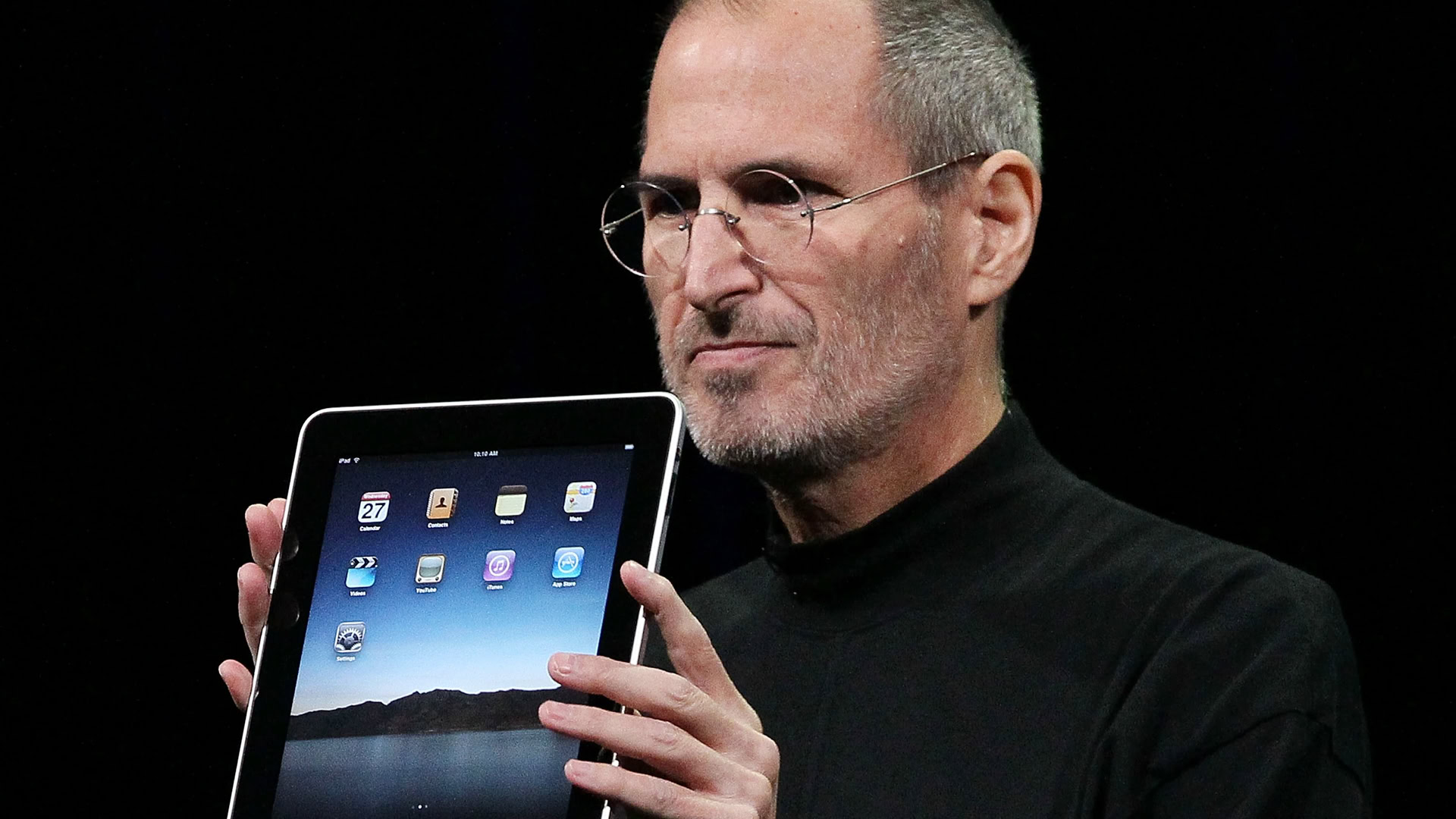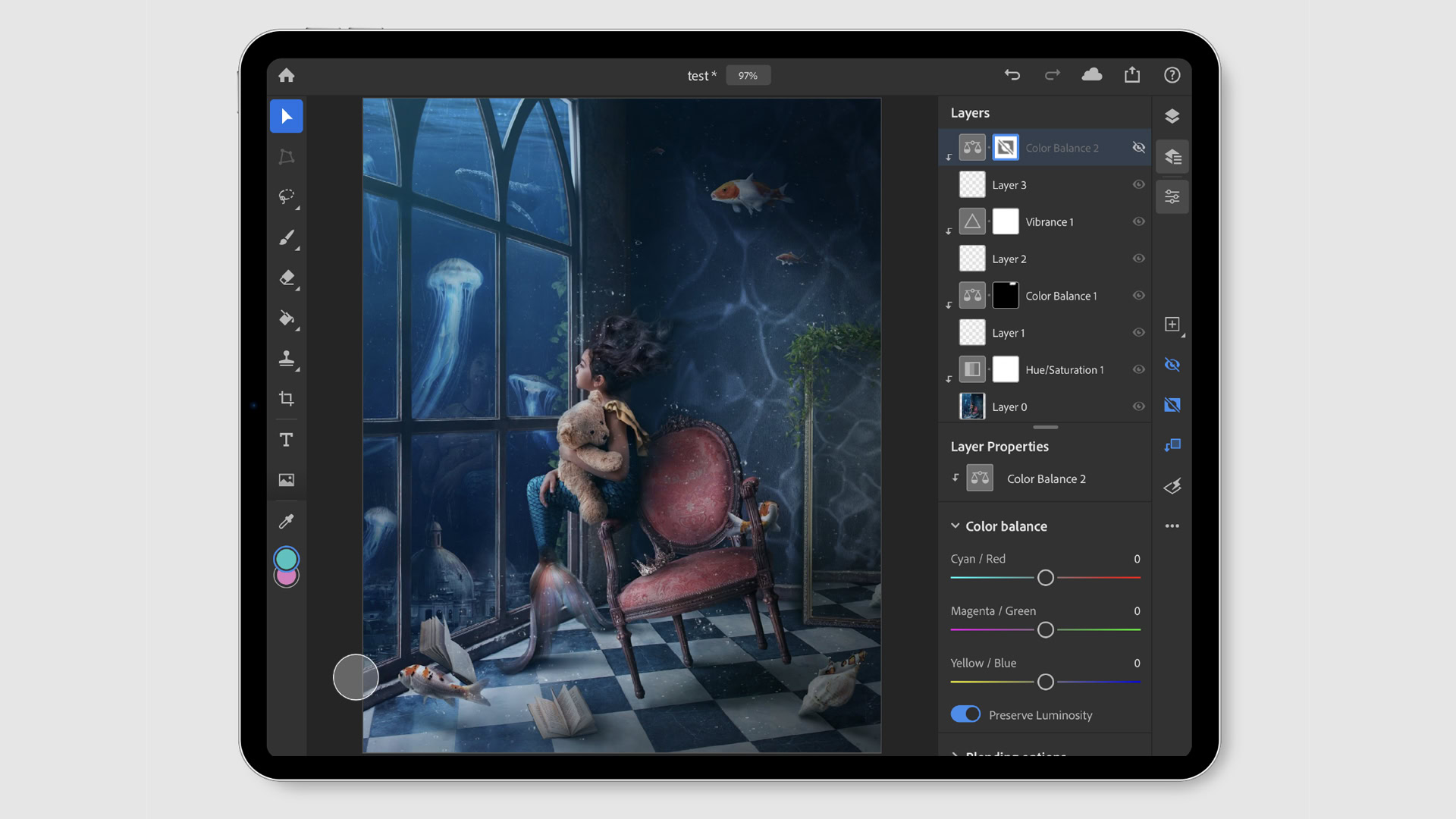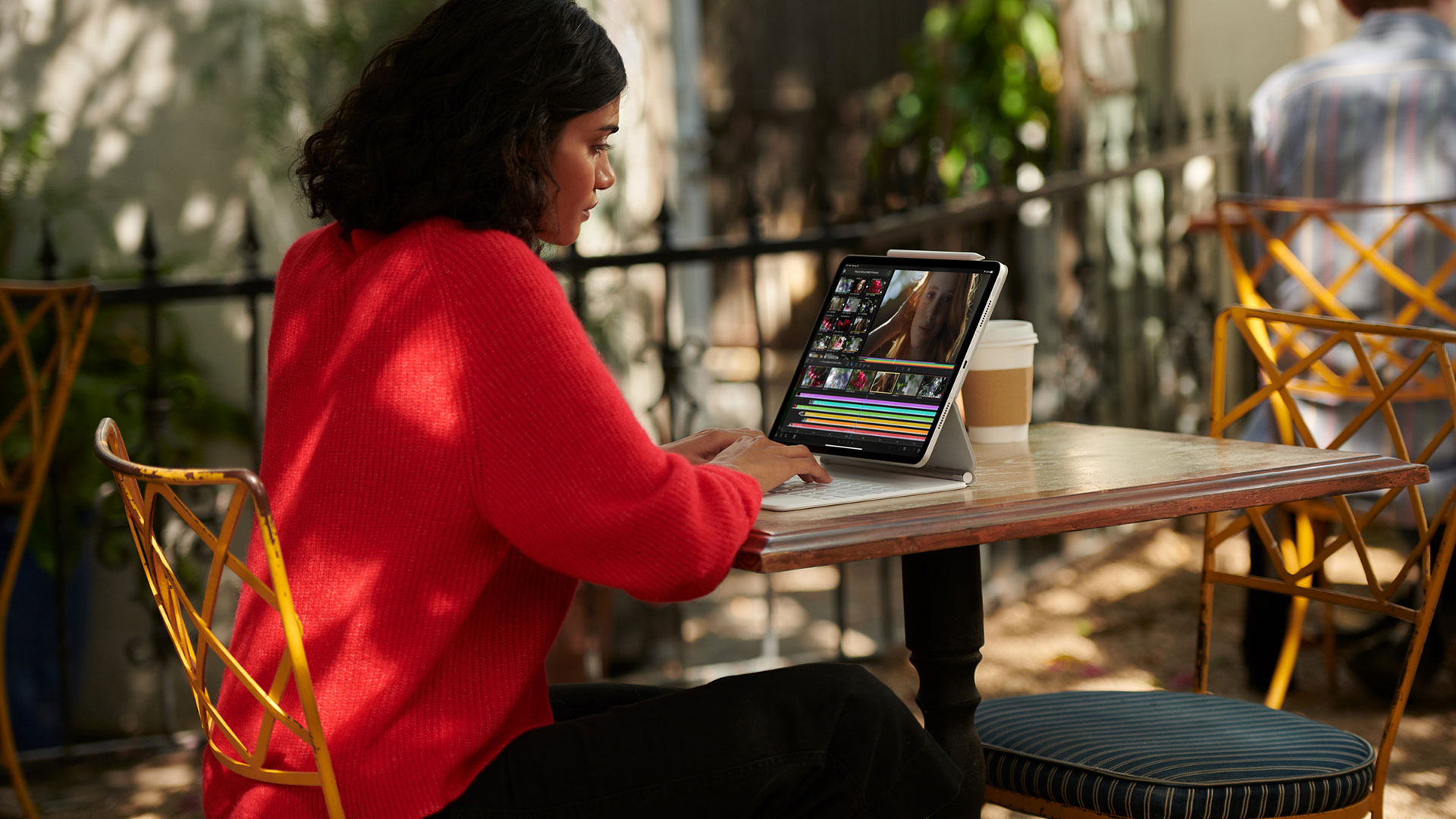Affiliate links on Android Authority may earn us a commission. Learn more.
Apple is still treating the iPad as a second-class citizen

The iPad played a relatively large part during Apple’s WWDC 2022 keynote. The company has a raft of changes coming with this fall’s iPadOS 16, including enhanced Stage Manager multitasking, resizable and overlapping windows, and real external display support that lets you extend your desktop instead of just mirroring it. Developers are also getting tools to provide more Mac-like apps.
Conspicuously absent, though, was something Apple went out of its way to demonstrate for iOS 16 on iPhones — customizable lockscreen styles, including widgets for things like the Calendar and Fitness apps. The gap made so little sense that at first, I thought I must’ve missed something. Even the iPad Mini has an 8.3-inch screen, which should allow for more and better widgets than the 6.7-inch iPhone 13 Pro Max.
And while iPad owners are finally getting a native Weather app, Apple is still refusing to build a calculator into iPadOS. That’s a basic productivity tool, and pretty much inexcusable 12 years into the iPad era.
Sadly, for iPad owners, this is part of a continuing pattern of Apple treating the iPad as a second-class device, reaching all the way back to the first iPad in 2010.
The iPad’s somewhat sordid history

From the get-go, the iPad was saddled with criticisms that it was just an oversized iPhone. There were reasons to buy a first-gen iPad, as it turned out — it was cheaper than a Mac, and much better than a phone for things like video, email, and web browsing. But Apple didn’t seem to know how to make it different apart from offering more screen space for content.
Indeed, Apple initially pushed the iPad as an e-reader as much as anything. It’s why Apple Books (né iBooks) was created, and why the App Store later got access to in-app subscriptions. The idea was that magazines and newspapers would flock to the platform, splitting revenue with Apple for the privilege of its coveted userbase. Rupert Murdoch’s News Corp. even collaborated with Apple on The Daily, an iPad-exclusive publication that lasted less than two years despite eventually opening up access to Facebook and Galaxy Tab users.
See also: The best Android tablets
Apple’s development has never remained completely static. But it has been slow to implement things that are obvious and heavily demanded by customers, such as windowed multitasking (which only debuted in 2015) or mouse and trackpad support (2020). Cupertino rarely pushes the envelope with the iPad, in stark contrast with the iPhone, which is locked in a perpetual arms race with flagship Android phones like the Pixel 6 and Galaxy S22.
Returning to widgets, those arrived on iPhone homescreens with 2019’s iOS 13, but didn’t come to the iPad until 2020’s iPadOS 14. Even then Apple jammed them into a small portion of the homescreen, whereas iPhone owners were happily arranging widgets wherever they liked.
Apple has been slow to implement things that are obvious and heavily demanded by customers.
Problems continue to this day. While iPadOS 16 is set to improve the Files app further, for instance letting you change file extensions, the underlying iPad filesystem continues to be sandboxed like an iPhone, imposing limits on app interconnections and file management that Mac and Windows PCs don’t have. Arguably, the only reason the Files app exists at all is because iPad owners were vocal about wanting control over their files — you may be able to edit 4K video on an iPad Pro, but that hardly matters if it’s complicated to copy files to and from an external drive.
Sometimes it feels as if the company is shooting itself in the foot. Got an Apple Watch? Well, you can’t set it up with an iPad, even if you’re prepared to pay for a cellular Watch to get data access away from home. There is a Fitness app for the iPad, but that wasn’t always the case, and now it exists mainly so Watch owners can use Apple Fitness Plus. You still need an iPhone to configure a Watch, which is cutting off sales from people who like the iPad but don’t have a raging desire to change smartphone platforms.
Read: Your complete guide to Apple Health, Apple Fitness, and Apple Fitness Plus
The power-user issue

Apple regularly markets iPads as laptop alternatives. It promotes them for productivity, benchmarks them against Windows machines, and there’s the infamous “What’s a computer?” ad from 2017, which showed how out of touch the company was with how people actually used iPads — or computers, for that matter. The video was so widely savaged that Apple pulled it from its YouTube channel.
What Apple is missing, of course, is that an iPad can never be a full laptop replacement until it can do everything a laptop can. Programmers should be able to write and compile code entirely on their iPad, without turning to cloud services, as they do today. Artists and designers should be able to run an uncompromised version of the entire Adobe CC suite, not just Photoshop, and everyone should be able to run a desktop-level version of Microsoft Office, or sync local music files directly with an iPhone as if they were using iTunes.
To be fair, at least some of the onus is on third-party developers, and hopefully iPadOS 16 will pull down a few of the barriers that existed before. But we shouldn’t be having this conversation in 2022, and it’s backwards that Apple has spent so much time making macOS iPad-like — in terms of visuals, a Notification Center, and separate media apps, among other things — instead of improving what iPads are capable of.
Do you think the iPad is getting the attention it deserves from Apple?
Why is Apple taking this approach?

The quick answer is probably cannibalization. Former Apple marketing head Phil Schiller promised that Macs and iPads would remain separate to avoid settling for the “lowest common denominator,” but it’s increasingly clear that the iPad is at its best when it’s more Mac-like. You can get a lot more done on a 12.9-inch iPad Pro with a keyboard and mouse than you can on a naked 10.2-inch standard iPad.
The trouble for Apple is that if an iPad can replace a Mac, that could eat into MacBook Air sales. It might even take a bite out of lower-end MacBook Pro sales, since there are people who prefer doing work (or gaming) on an ultra-portable touchscreen tablet, especially with a stylus as good as the Apple Pencil.
It's increasingly clear that the iPad is at its best when it's more Mac-like.
Apple isn’t so much trying to cripple the iPad as keep it unique. That’s leaving the product in an awkward middle ground, however, where it’s more than just a content consumption device, but hardly fulfilling its potential. Particularly with so-called Pro models, which offer bigger 120Hz screens, Thunderbolt/USB 4, and increased storage options. Those specs help, but they don’t automatically make a tablet “professional.” Pro hardware should be matched with pro-quality apps and OS features.
Things like iPadOS 16 and the Magic Keyboard suggest that Apple knows where it needs to go. For whatever reason, though, it keeps taking half-steps, when what it really needs is a major overhaul that finally treats iPads as well as its phones and computers.
Read more: The best iPads you can buy